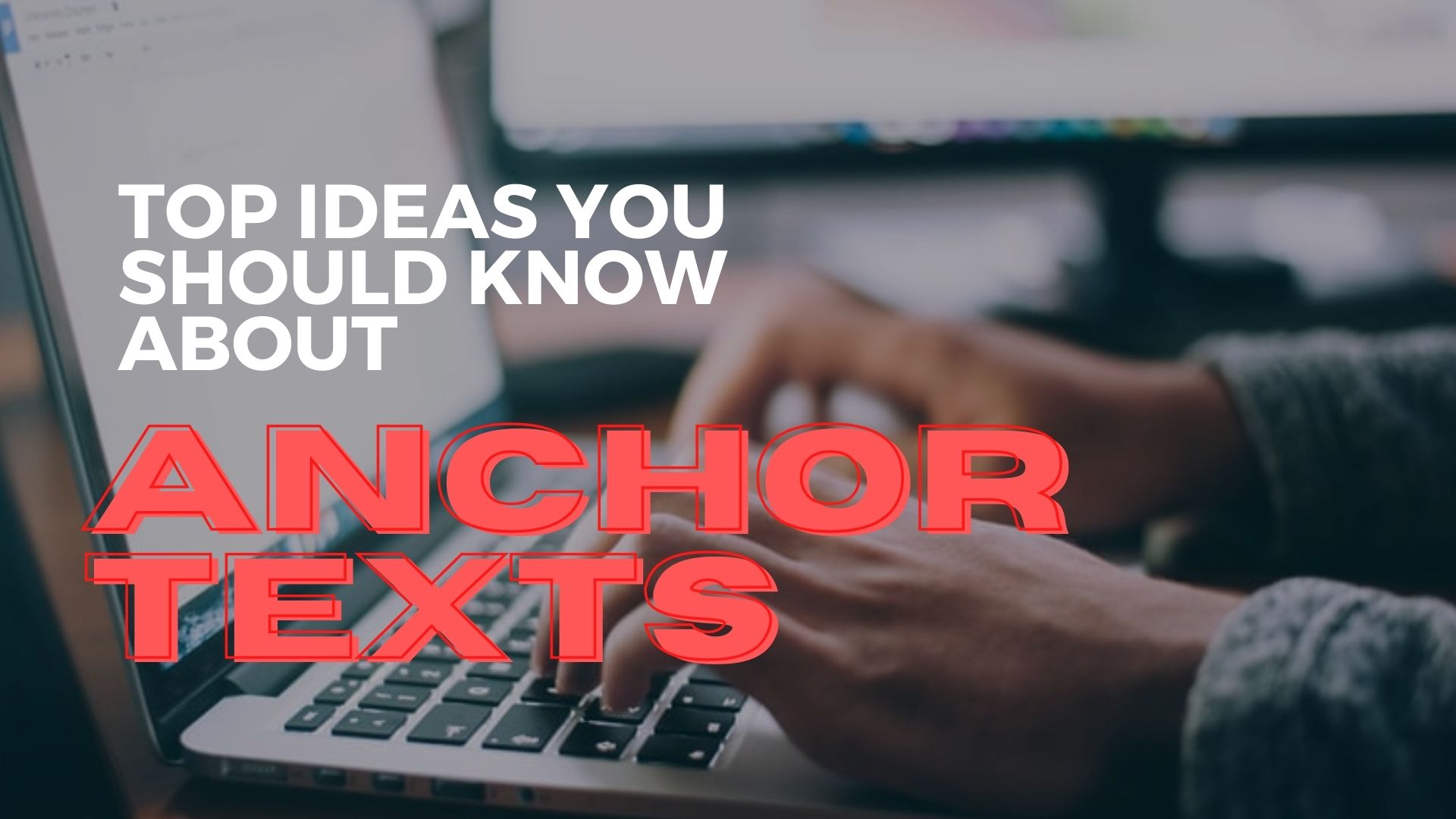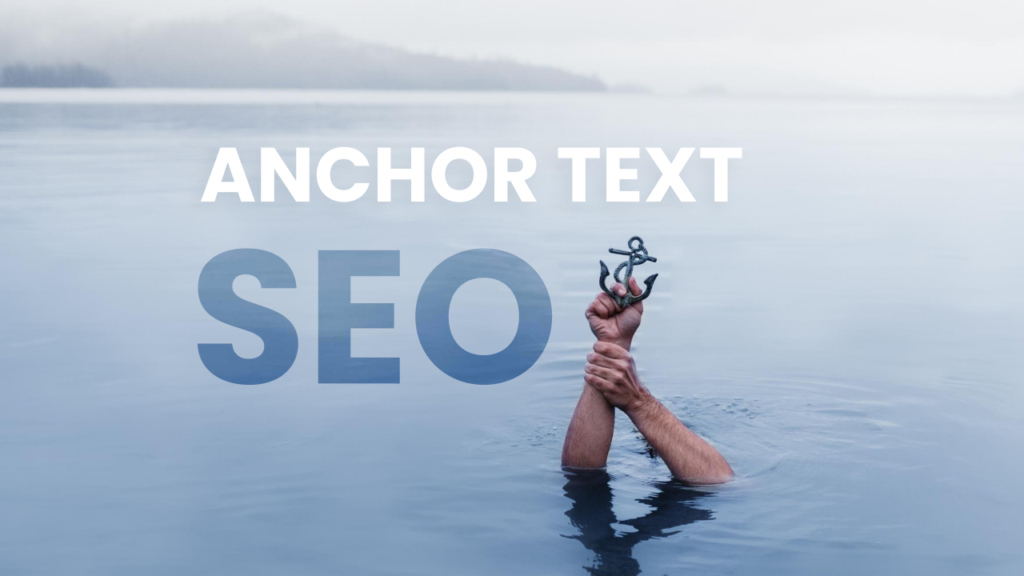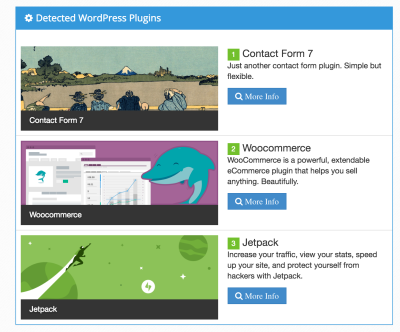If you’ve ever clicked on a link while browsing the web, you’ve interacted with anchor text — the clickable text in a hyperlink. But did you know that the words you choose for your links can actually influence how search engines understand and rank your website? That’s where anchor text comes into play. Properly optimized anchor text not only guides your visitors smoothly through your site but also helps search engines grasp the context of your content, boosting your SEO efforts. In this post, we’ll explore how to add effective anchor text in WordPress and why it’s so crucial for your site’s visibility.
Understanding Different Types of Anchor Text

When it comes to anchor text, not all links are created equal. There are several types, each serving a different purpose — and knowing how to use them can make a big difference in your SEO strategy. Let’s break down the main types:
1. Exact Match Anchor Text
This type uses the exact keyword or phrase you want to rank for. For example, if you’re trying to rank for “best running shoes,” your link might say: best running shoes. While this can be powerful, overusing exact match anchor text can look spammy to search engines, so it’s best used sparingly and naturally.
2. Partial Match Anchor Text
Here, the anchor includes a variation of your target keyword. For example: top running shoes reviews. It’s a subtle way to signal relevance without keyword stuffing, making your links look more natural.
3. Branded Anchor Text
This type uses your brand name. For example: YourBrand. Branded anchors help build brand recognition and trust, especially when linking to your homepage or other important pages.
4. Generic Anchor Text
These are vague, non-descriptive phrases like “click here,” “read more,” or “learn more.” For example: click here. While easy to implement, overusing generic anchors doesn’t tell search engines much about the linked page’s content, so use them sparingly.
5. Naked URLs
This simply involves linking the full URL as the anchor text. For example: https://example.com/seo-guide. It’s straightforward but less user-friendly, so it’s better to incorporate descriptive anchor text when possible.
Why It Matters
Using a variety of anchor text types helps create a natural backlink profile and improves your SEO. It signals to search engines what your pages are about without over-optimizing. Plus, well-crafted anchor text enhances user experience by clearly indicating what visitors can expect when they click the link.
3. Step-by-Step Guide to Adding Anchor Text in WordPress

Adding anchor text in WordPress might sound intimidating at first, but once you get the hang of it, it’s pretty straightforward. Whether you’re linking to another page on your site or an external resource, the process is similar. Let’s walk through the steps together so you can start boosting your SEO with well-placed anchor text.
Step 1: Log into Your WordPress Dashboard
Start by signing into your WordPress admin area. This is where all the magic happens. Once logged in, navigate to the post or page where you want to add an anchor link.
Step 2: Highlight the Text You Want to Turn into a Link
In the post editor, find the piece of text that you want to use as your anchor text. Highlight this text with your mouse or keyboard. Think of this as the “call to action”—it should clearly tell readers what they’re clicking on.
Step 3: Click the Link Button
Look for the chain link icon in the toolbar above the editor. Click it, and a small window will pop up where you can enter the URL of the page or resource you want to link to.
Step 4: Enter the URL
Paste or type the destination URL into the field. If you’re linking to another page within your website, you can start typing the page name, and WordPress will often suggest matches. Make sure the URL is correct to avoid broken links.
Step 5: Add Anchor Text (if not already highlighted)
If you haven’t already highlighted the text, do so now. The anchor text should be descriptive and relevant to the linked page, helping both users and search engines understand what the link is about.
Step 6: Set Link Options
Optional: You can choose to open the link in a new tab by clicking the settings gear or “Link options.” This is especially useful for external links, so visitors don’t leave your site entirely.
Step 7: Save or Update Your Post
Once everything looks good, click “Add Link” or “Update” to save your changes. Preview your post to ensure the link appears correctly and works as intended.
4. Best Practices for Using Anchor Text Effectively
Now that you know how to add anchor text, let’s talk about how to use it wisely. The goal is to improve your SEO without confusing your visitors or appearing spammy. Here are some best practices to keep in mind:
- Be Descriptive and Relevant: Your anchor text should clearly describe what the linked page is about. Instead of generic “click here,” use specific phrases like “learn more about SEO strategies” or “download the free guide.”
- Avoid Over-Optimization: Stuffing keywords into your anchor text can look spammy and hurt your rankings. Use natural language that fits seamlessly into your content.
- Use a Mix of Anchor Text Types:
- Exact Match: The keyword exactly matches the target page’s keyword (use sparingly).
- Partial Match: Includes the keyword along with other words.
- Branded: Contains your brand name.
- Generic: Such as “click here” or “read more” (use sparingly).
- Link to Relevant, High-Quality Content: Make sure the pages you link to are valuable and relevant to the topic. This helps both user experience and SEO.
- Keep Anchor Text Concise: Short, descriptive anchor texts are usually more effective. Aim for around 2-5 words if possible.
- Maintain a Natural Flow: Don’t force links into your content. They should feel like a seamless part of the writing.
- Don’t Overdo It: Too many links can overwhelm readers and dilute the SEO benefit. A good rule of thumb is to include 2-4 relevant links per 500 words.
By following these best practices, you’ll ensure your anchor texts contribute positively to your SEO efforts and enhance your readers’ experience. Remember, the key is to be strategic, relevant, and natural in your linking approach. Happy linking!
5. Common Mistakes to Avoid When Using Anchor Text
Using anchor text effectively is crucial for SEO, but it’s easy to fall into some common traps that can hurt your efforts rather than help. Let’s talk about a few pitfalls to watch out for so you can optimize your internal linking strategy with confidence.
Overusing Exact Match Anchor Text
One of the biggest mistakes is relying too much on exact match anchor texts—where the anchor text is identical to the target keyword. While it might seem like a good idea for SEO, overdoing it can look unnatural to both users and search engines. Instead, aim for a natural mix of anchor texts, including branded, generic, and long-tail variations.
Embedding Links in Irrelevant Content
Links should always make sense contextually. Embedding a link to a product page or a blog post in a paragraph that’s unrelated can confuse readers and diminish your SEO value. Always ensure that the anchor text and the linked content are relevant and add value to the reader’s experience.
Using Nonspecific Anchor Text
Anchor texts like “click here,” “read more,” or “this link” are vague and don’t tell search engines or users what to expect. Be descriptive—use anchor text that clearly indicates what the linked page is about. For example, instead of “click here,” say “learn more about our SEO services.”
Linking Too Many Pages in a Single Post
While internal linking is good, stuffing your content with too many links can overwhelm readers and dilute SEO benefits. Focus on a handful of relevant links per post—quality over quantity is key.
Ignoring the User Experience
Always consider how your links affect the user journey. Does the link add value or distract? Are you guiding visitors naturally through your content? Remember, the ultimate goal is to make your site easy to navigate and helpful for your audience.
6. Tools and Plugins to Help Manage Anchor Text in WordPress
If managing anchor text sounds a bit overwhelming, don’t worry — there are plenty of tools and plugins designed to make your life easier. These can help you analyze, optimize, and maintain a healthy internal linking structure effortlessly.
Yoast SEO
This popular plugin not only helps you optimize your content for keywords but also offers internal linking suggestions. Its readability analysis can also flag issues like overuse of certain anchor texts, helping you keep your links natural and effective.
Rank Math
Another powerful SEO plugin, Rank Math provides an internal linking feature that suggests relevant pages to link to as you write. It also offers a link counter, so you can see how many internal links each post has, ensuring your site remains well-connected.
Link Whisper
This plugin is specifically designed to streamline internal linking. It automatically suggests relevant internal links as you create content, saving you time and ensuring your anchor texts are varied and strategic. Plus, it offers an easy way to audit your existing links.
Broken Link Checker
Keeping your links healthy is essential. This plugin scans your website for broken links, including those with anchor text, and alerts you so you can fix them promptly. Broken links can harm user experience and your SEO, so regular audits are a good idea.
Manual Management and Best Practices
- Regularly review your internal links to ensure they’re still relevant.
- Use descriptive, varied anchor texts to avoid keyword stuffing.
- Leverage analytics to see which links are performing well.
- Maintain a logical site structure to make internal linking easier.
In conclusion, managing anchor text doesn’t have to be a chore. With the right tools and a strategic approach, you can enhance your SEO and provide a better experience for your visitors. Experiment with these plugins, keep best practices in mind, and watch your internal linking strategy thrive!
Conclusion and Tips for Optimizing Your Internal Linking Strategy
Effective internal linking is a crucial component of a successful SEO strategy in WordPress. It helps search engines understand your website’s structure, distributes link equity across your pages, and enhances user navigation. To maximize the benefits of your internal links, keep the following tips in mind:
- Use descriptive anchor texts that clearly indicate the linked page’s content. Avoid generic phrases like “click here.”
- Link to relevant content within your website to provide additional value and context for your readers.
- Maintain a logical hierarchy by linking from high-level pages to more specific ones, helping search engines crawl your site efficiently.
- Avoid over-optimization by not stuffing keywords excessively into anchor texts, which can appear spammy and harm your SEO efforts.
- Regularly audit your links to fix broken links and update outdated content, ensuring a smooth user experience and maintaining SEO health.
| Tip | Benefit |
|---|---|
| Descriptive Anchor Text | Improves search engine understanding and user clarity |
| Relevant Linking | Increases engagement and page authority transfer |
| Logical Structure | Enhances crawlability and site organization |
By implementing these best practices, you can strengthen your internal linking strategy, boost your SEO performance, and provide a better experience for your website visitors. Consistent optimization and thoughtful linking will yield long-term benefits for your WordPress site’s visibility and authority.


